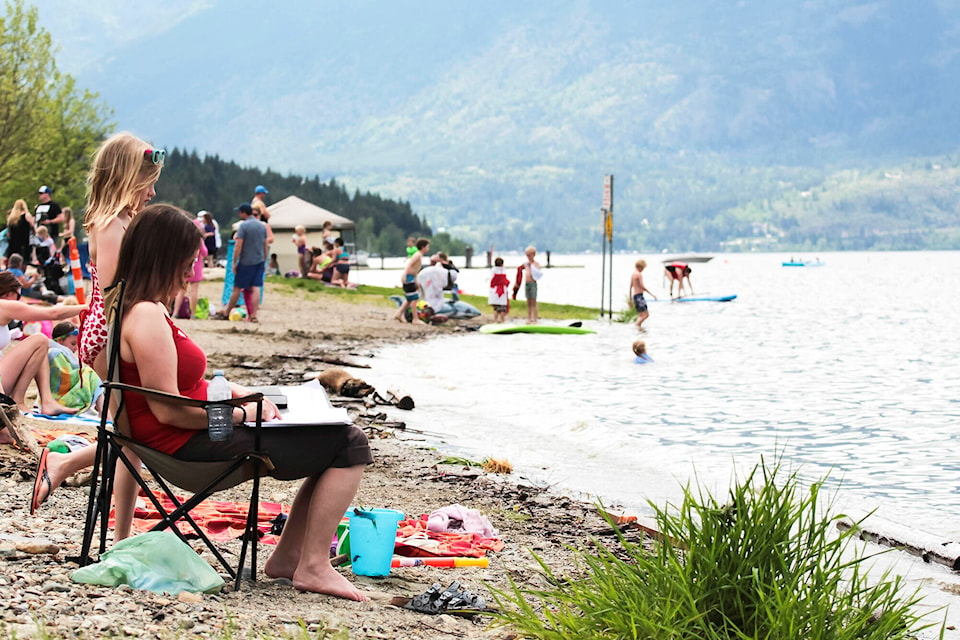With the increase of extreme weather events the need for cooling and warming centres is on the minds of many.
But the question of who should be responsible for creating and staffing the centres that would provide people respite from extreme heat or cold was broached at the Columbia Shuswap Regional District board meeting in May and followed up by a letter to Bowinn Ma, Minister of Emergency Management and Climate Readiness (EMCR).
In her April 25 letter to the CSRD board, Ma reminded directors of the launch of the ministry’s ClimateReadyBC, an online hub designed to assist local authorities with climate readiness strategies and support.
“The impacts of extreme temperatures in summer and winter can be severe, and it is important that they be given due consideration as emergencies that should be planned for and mitigated,” Ma wrote, pointing out that while the establishment of cooling and warming centres are locally led, EMCR is able to provide support by reimbursing eligible costs and by amplifying information on centre availability and location to maximize public awareness. “First Nations and local governments are encouraged to establish extreme weather emergency plans, and the ministry would be happy to provide guidance on available resources and eligible reimbursements.”
CSRD Operations Manager Darcy Mooney expressed “curiosity” about the CSRD’s potential role in the centres at the May 18 board meeting and suggested they would be better led by Interior Health, with regional district support.
Mooney suggested directors might write a letter to Minister Ma asking what is available to the CSRD and Area E director Rhona Martin proposed sending a second letter to Interior Health inquiring about their plans for cooling and warming centres.
Chief Administrative Officer John MacLean cautioned directors on potential problems arising with administration of such centres.
“The moment we open those sites, we are responsible for the safety and physical and mental health of anybody who uses the service, and staff; you have to have a proper facility and that’s hard to achieve in the rural areas,” said MacLean. “The logistical ramifications are mind-boggling.”
While acknowledging extreme temperature-related events have led to increased health concerns and citizen requests for cooling and warming centres to help vulnerable people cope, Flynn noted the regional district is perhaps not the best organization to operate them.
“It is important to recognize that temperature-related health concerns are best coordinated by local health authorities,” he wrote. “BC’s health regions are best equipped to organize and administer health-related programs in response to public health events.”
Flynn concluded his May 31 letter by asking for clarification on the intent of the ministry’s April 25 letter, and requesting more information regarding the establishment of cooling and warming centres during extreme temperature emergencies, available funding streams, and the role local governments are expected to play during these severe weather-related events.
READ MORE: Boo the bear soaks up sun near Golden
